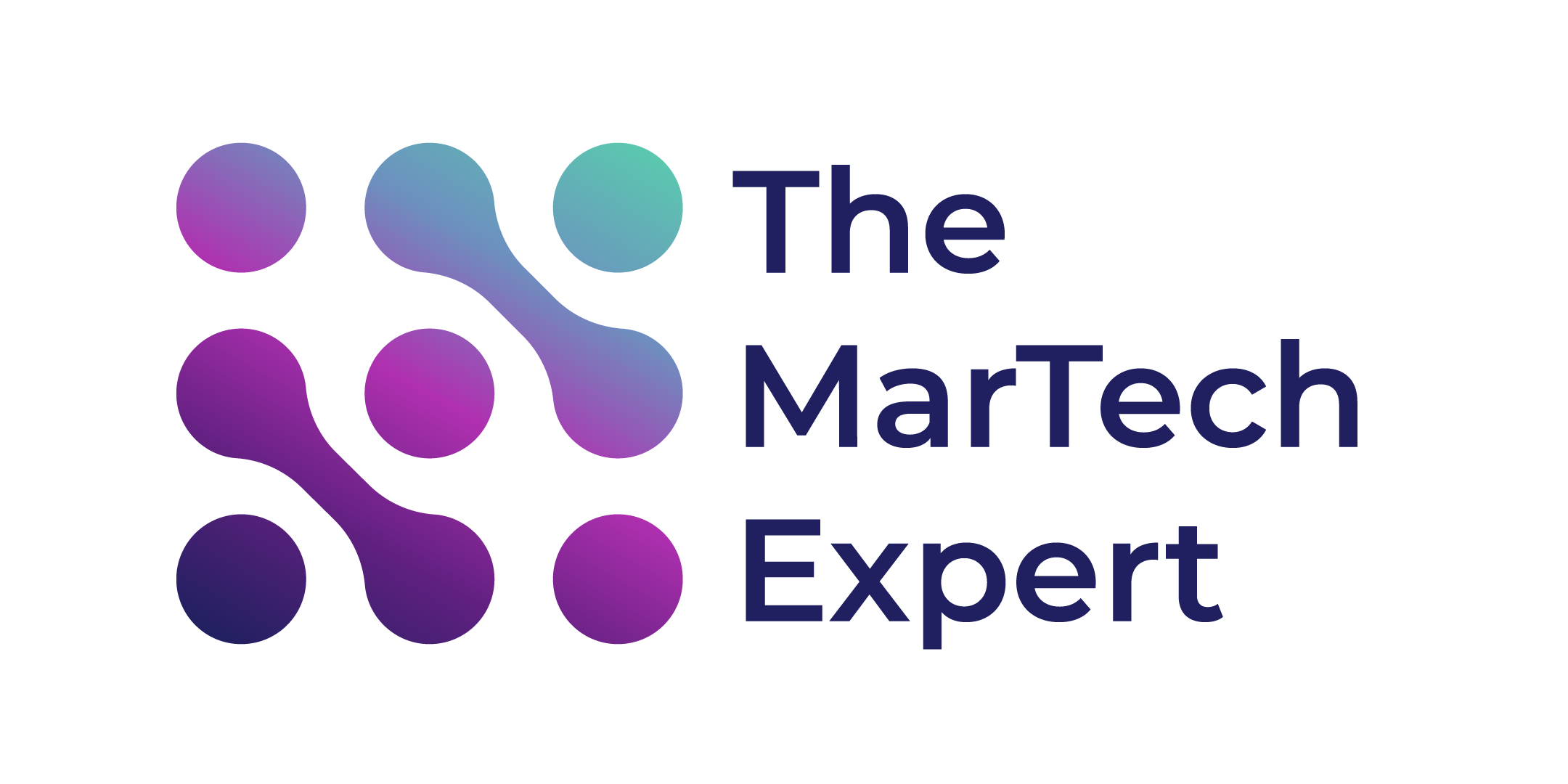Traditional marketing strategies have not only failed to engage customers in modern times but also are becoming increasingly irritating for most people. This is why it is time to up your game with the power of gamification!
What is Gamification in Marketing?

Gamification in marketing is the process of integrating design elements native to game development in a business model. The purpose is to first engage customers’ attention and then ultimately drive them to achieve your desired outcomes in a way that is neither enforced nor unwilling. On the contrary, it is done deliberately and voluntarily on the customers’ part.
When gamification in marketing is done the right way, people fall in love with your brand and it ultimately increases your brand awareness, user conversion, product promotion, as well as sales. Many successful big companies today, like Microsoft, Salesforce, and Upwork, implement this high-yielding marketing strategy.
You May Also Like: What is In-Game Advertising and How Can You Leverage it for Your Business?
How Gamification in Marketing Works?

There are several approaches to gamification in marketing. However, all of them have 2 things in common: Challenges and Rewards.
This is because gamification in marketing tends to tap into people’s competitive spirits and spark their drive for the win. Therefore, it is a very effective means of catching their attention. No matter how busy people are, when dared creatively, they take it upon themselves to complete the challenge.
Via Loyalty Programs, Point System, In-Game Advertising, Badges, Levelling System, Virtual Currency, Leaderboards, Countdowns, and Progress Bars, you can implement gamification in marketing.
However, keep in mind that all these above methods are variations of the same formula: “Undertake a Challenge and Get Rewarded”, just like video games! For example, in a video game, players can earn XP points to level up which unlocks more perks for them or earn virtual currency to buy items from the game store.
In conclusion, this is what gamification in marketing aims to achieve: engage people related to your business-driven challenges and then incentivize them accordingly. Where ways like “It is your LAST CHANCE to…” have failed in modern times, gamification saves the day.
Why Gamification in Marketing Is for You?
Firstly, Data. In the age of the internet, businesses cannot thrive without it. Be it Apple or Amazon, user data is the lifeline of all successful companies out there. And the same holds true for your business as well.
Where forcing customers to enter their personal data may lead you to legal issues, there’s absolutely no objection if they voluntarily give it. And gamification in marketing ensures that users willingly share their contact info. Your business can then leverage this user data in a variety of ways, such as by marketing emails about your latest products.
Secondly, the gaming industry itself. In modern times, video games have become one of those few media capable of successfully catching user attention without much effort. And winning customer attention plays a very important role in determining the success of your business.
As per WEPC, the video gaming industry witnessed a growth of 14.4% and reach a worth of roughly $180 billion in 2021. In Asia alone, there are 1.5 billion gamers!
Since video games are a primary means of entertainment for many people, by introducing game mechanics in a non-game context, gamification in marketing takes advantage of a person’s natural love for a challenge and turns it into a successful marketing strategy. And by rewarding users for their accomplishments, you can turn them into loyal customers.
Challenges of Gamification in Marketing
After going through the benefits of gamification in marketing, let us now look at its 2 main challenges.
The first is coming up with a creative idea for gamification. Though it sounds easy, it’s easier said than done. The second is its limited long-term user engagement. After a period of time, customers start to lose interest and it becomes increasingly challenging to sustain it.
You May Also Like: 7 Horrible Mistakes You’re Making With Automation
3 Real Life Examples of Successful Gamification in Marketing
1. Microsoft Rewards

If your default browse is Bing, there’s no way you can’t know about its Rewards app. For each manual query you put in the search engine, you earn 3 points. And you can earn up to a maximum of 90 points per day on your PC browser while another 60 points if you use the Bing browser on your mobile as well. Since the earned points can be used to redeem rewards, people spend more time using Bing.
2. Salesforce Trailhead

Trailhead is an online gamified learning platform from Salesforce. It provides users free access to in-demand skills as well as dedicated job roles such as Salesforce Administrator and Salesforce Business Analyst. What’s more? Upon completing a skill, users earn resume-worthy credentials that help them earn more in life. And in order to earn more, people spend more time learning skills on Trailhead.
3. eBay Bidding System

eBay’s bidding system turns online shopping into a thrilling game of competition. Buyers compete with each other for their desired products and enjoy the satisfaction of winning the auction. This creates a positive feedback loop that motivates buyers to bid on more items, ultimately making them engaged and spend more time on the platform.
Final Thoughts
As seen above, gamification in marketing can turn your marketing campaigns from forgettable to fun, all the while engaging users and soaring your product sales. Although it requires time and effort, when done the right way, every minute invested is worth it!

Abdullah is a Tech and Gaming enthusiast. He has been playing video games ever since his childhood and his love for tech sparked the day when he looked at a game CD and wondered how this shiny surface could store a game inside it! As of today, he is not a kid to not understand what’s going on.














